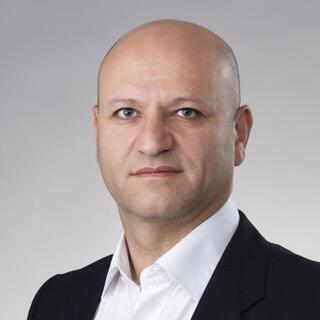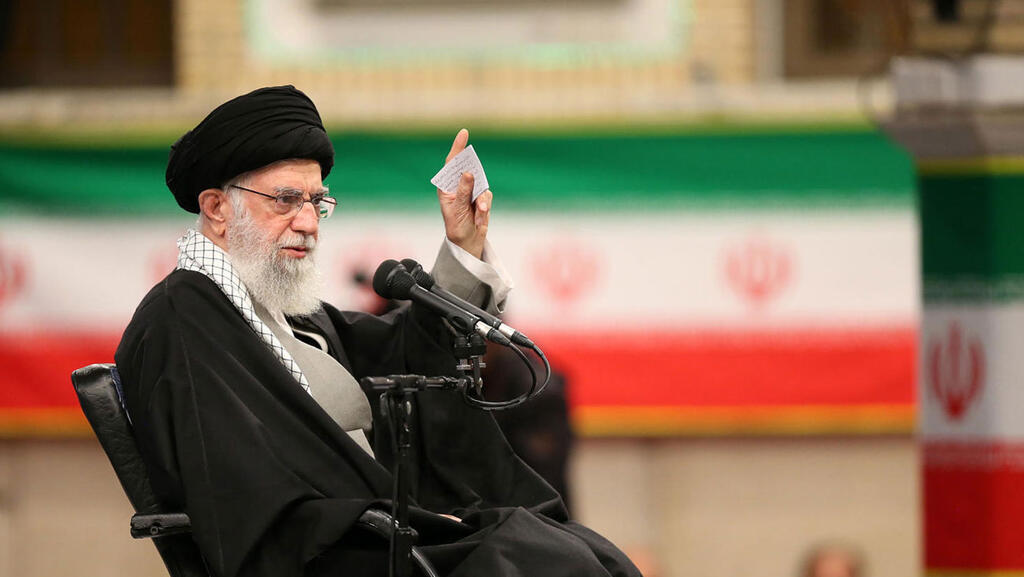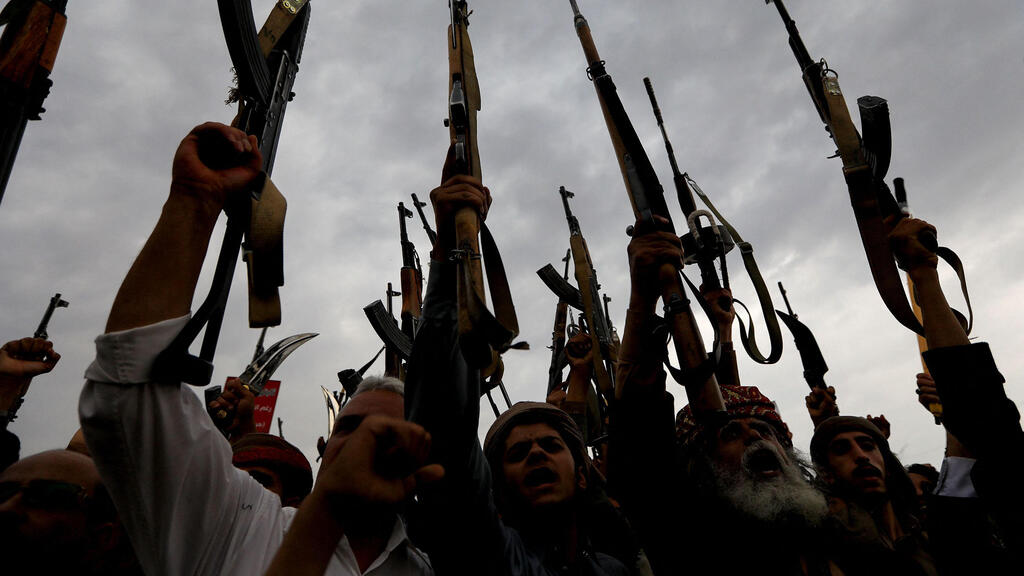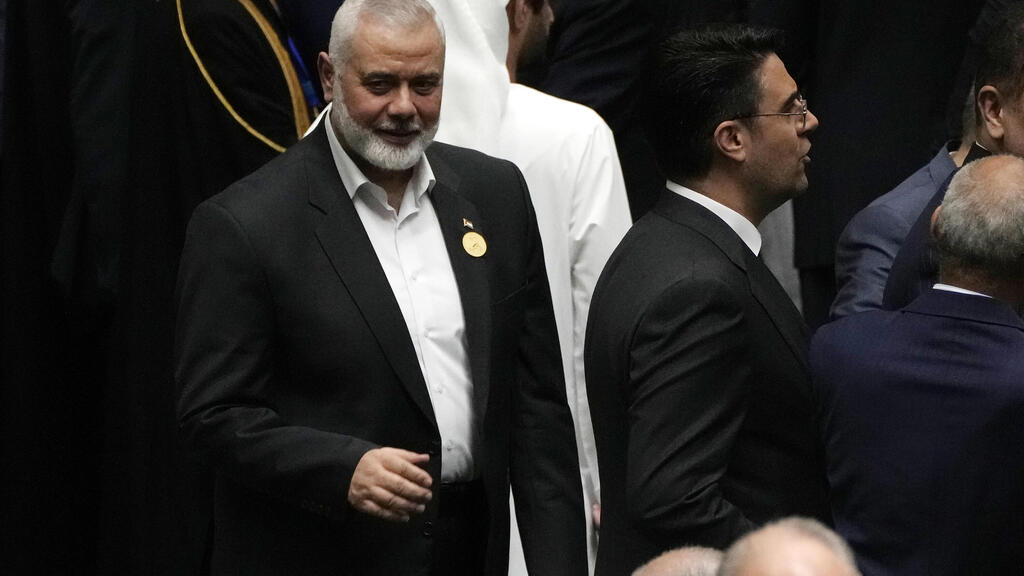Getting your Trinity Audio player ready...
Israel is dealing with an incurable disease. Western, as well as Israeli, analysts understand that, despite its strength, the Zionist regime has suffered a crushing defeat at the hands of a small resistance group, and has not achieved the least of its objectives. Some say that the current war will change the entire world: On the streets of London, in the squares of Paris, and in American universities, people chant mottos in favor of the Palestinian people and against Israel.
The attack is a Divine miracle that took place at the best possible moment – before normalization was implemented and the Israeli-American plan to dominate the Middle East came to fruition”. This speech given by Iranian leader, Ali Khamenei, approximately two months ago, reflects the growing notion within the Islamic regime since this war began, whereby the Iranian government is on the right side of history and is nearing the realization of the vision for Israel’s annihilation.
The “ring of fire” Iran is placing around Israel is a key challenge in the ongoing war. The instrument diligently built over half a century, is now being employed. Iran has established its impact wherever Shiite communities were experiencing political chaos. Its first and most important initiative was the founding of Hezbollah in 1982 and, as the years went by, similar models were set up in Iraq – following the toppling of Saddam Hussein’s regime, Syria – where a terrible civil war has been raging since 2011, and Yemen – a country suffering from domestic turmoil since the early 1990s.
Iran’s notion that the stars on the strategic map are aligning in its favor, has grown stronger in recent years in view of the United States’ waning impact on the world in general, and the Middle East in particular. Having been in the position of the global police officer for many decades, Washington now faces increasing defiance, as reflected in Russia’s invasion of Ukraine, coupled with embarrassment over its withdrawal from Afghanistan. The current U.S. administration has also fostered a softer approach toward Iran, leading many Arab countries, headed by Saudi Arabia, to conclude that they have no strategic source of support in Northern America and would be better off promoting reconciliation with the “devil from Tehran”.
The “ring of fire” has several purposes from an Iranian perspective: establishing strategic clout in the Middle East; dealing with Israel without having Tehran at the forefront of the struggle, thus reducing military and political damage; while causing harm to other regional adversaries, such as the Gulf states, against whom the Houthis are fighting, or the Sunni and Kurdish minorities in Iraq.
Iran’s hold on these countries has been built using a combination of military support – primarily the supply of advanced weapons as well as training and command teams – coupled with civilian efforts, such as projects “exporting” the revolution in areas like education, culture, and religion.
The “ring of fire” is the practical manifestation of the "Axis of Resistance" (Mihwar al-Muqawamah) – an objective that Iran has been pursuing for decades. According to this ideal, a regional coalition is to be built, consisting of non-state organizations advocating a zealous religious ideology, and striving to counter Israeli supremacy in areas such as military, technology, and intelligence. This goal is to be achieved using asymmetrical warfare (terror, guerilla, rockets), preventing Israel from prevailing, inter alia by exhibiting containment alongside patience and steadfastness (Sabr wa-Summud).
Iran has always provided a tailwind for these organizations, particularly Hezbollah and Hamas. However, since October 7, it has successfully united them, forming a camp that follows a shared vision, and is more closely coordinated than ever before. One might call it “Resistance Challenge 2.0” – an ostensibly old threat at an unprecedented magnitude. Thus, terror and guerilla organizations have acquired the capabilities of conventional militaries, as exhibited during the October 7 attack and by Hizballah’s actions.
Members of this camp are no longer content with “winning by not losing”, but seek, instead, to cause severe strategic detriment to Israel, inter alia by using precise advanced Iranian weapons. Moreover, in recent decades, these organizations have become sovereign, governing territories and societies after having shaped their opinions. Many of these local populations identify, therefore, with these terror organizations, acting on their behalf, as was strikingly prominent in Gaza.
Sunni Hamas is somewhat of an “outsider” in a mostly Shiite camp. While it receives extensive military and financial assistance from Iran, it maintains its own independence, as reflected in the October 7 attack that did not appear to have been fully coordinated with Tehran or Hezbollah. The latter joined the conflict the following day, and did not meet the Palestinians’ expectations to enter the campaign “in full force”.
Profound hostility, its roots in the differences of ethnicity and religion between the Sunni Palestinians and Shiite Iranians, is constantly in the backdrop of this collaboration. It has erupted in recent months, after senior Iranian officials had claimed that the October 7 attack was retribution for the killing of Soleimani or a means of countering normalization, leading to accusations of Tehran “sacrificing the blood of the Palestinian people for its own interests”.
Qassim Qassir, a Lebanese analyst, said that, although Hamas and Iran are close, the gaps between them have stood out during the war. He argued that the idea of uniting the fronts is at the center of the Axis of Resistance’s war perception; however, Hamas’ decision to carry out the October 7 attack without having fully coordinated it with Hezbollah and Iran had punched a hole in the ability to realize this perception. According to Qassir, once this war is over, the reasons behind this lack of coordination among the Axis members will need to be investigated to ensure that the current campaign against Israel will not be the last and that the next one will be more successful.
the vision of Israel’s extermination, perceived by the Islamic Republic’s regime as a long-range objective has become a policy for the foreseeable future
The tension between the Palestinians and Tehran is further reflected in the appointment of Yahya Sinwar as Ismail Haniyeh’s successor. Before Sinwar was appointed, it was suggested that Khaled Mashal, who preceded Haniyeh as Head of the politburo, serving in this position for 21 years, would return to it. However, Mashal’s relationship with Iran has been rocky since he criticized Assad, Tehran’s ally, when the Syrian Civil War broke out and chose to move from Damascus to Qatar. It would, therefore, seem that Sinwar may have been elected in succumbing to heavy pressure exerted by Iran to scuttle Mashal's reappointment, and instead crown a Hamas representative who is closer to the Islamic Republic’s regime.
Although Iran did not initiate the current campaign, it has viewed it as a strategic opportunity that should be enhanced since its very beginning. Thus, reports have been mounting, suggesting that the vision of Israel’s extermination, perceived by the Islamic Republic’s regime as a long-range objective to be achieved at an unspecified point in time, has become a policy to be put to practice in the foreseeable future, requiring an organized action plan that should be acted upon in the coming years.
The October 7 model demands that Israel realize its profound misunderstanding of ideological non-Western parties who view eschatology, or the vision for the end of time, as a goal that should be achieved here and now, at all costs. Hamas demonstrated this approach 10 months ago, whereas Iran – who is much more powerful – is developing an obsession with it while consistently progressing toward weapons-grade nuclear capabilities.
In the current state of affairs, Israel must recognize that Iran poses its key existential threat, and that it cannot be addressed properly while the defense establishment is exhausting its resources in wars of attrition in Gaza and Lebanon that cannot be won, and while relations with the parties that could serve as members of a regional and international coalition against Tehran – particularly the United States – are full of friction.
- Dr. Michael Milshtein is the director of the Palestinian Studies Forum at Tel Aviv University’s Moshe Dayan Center.






